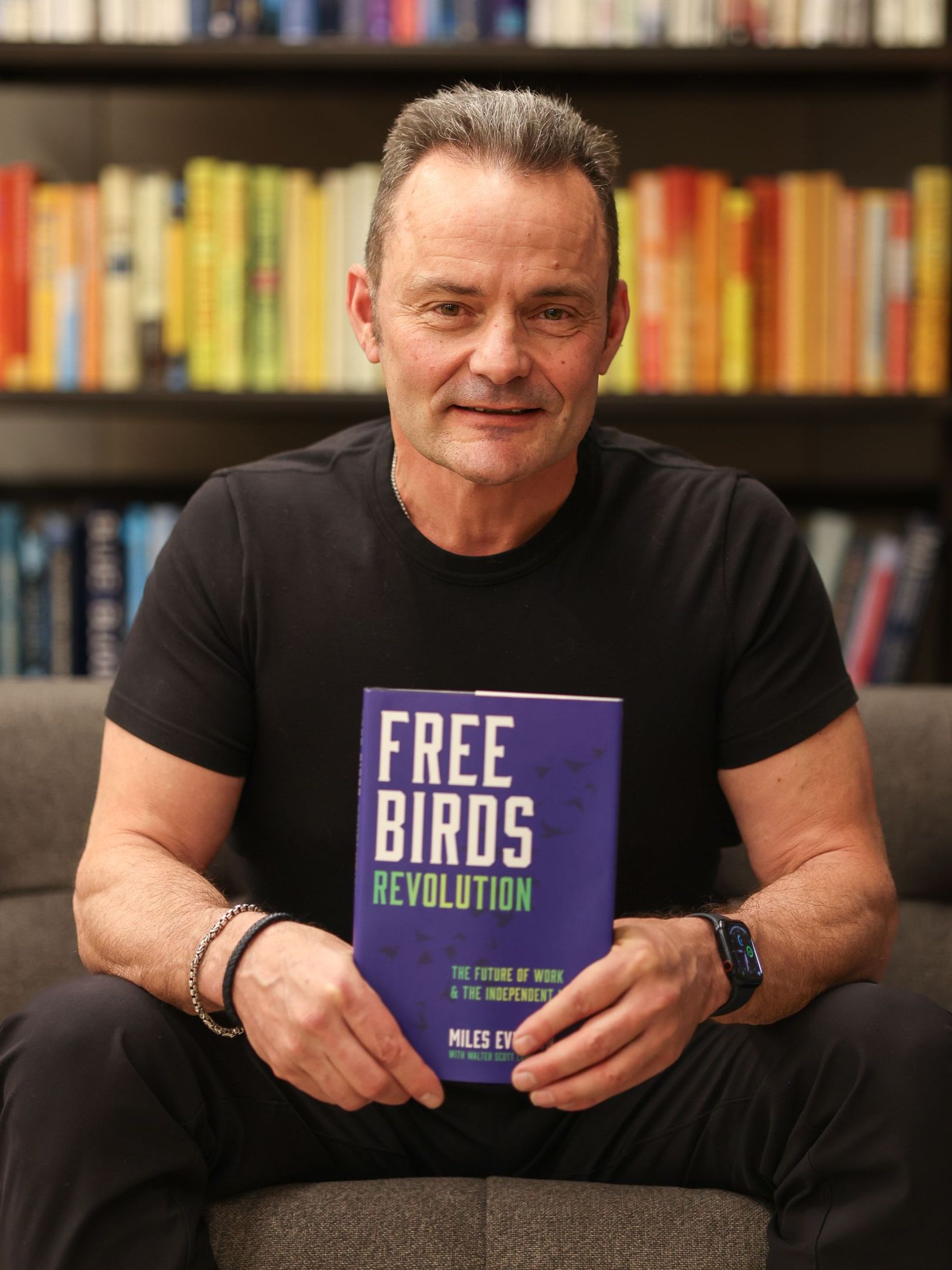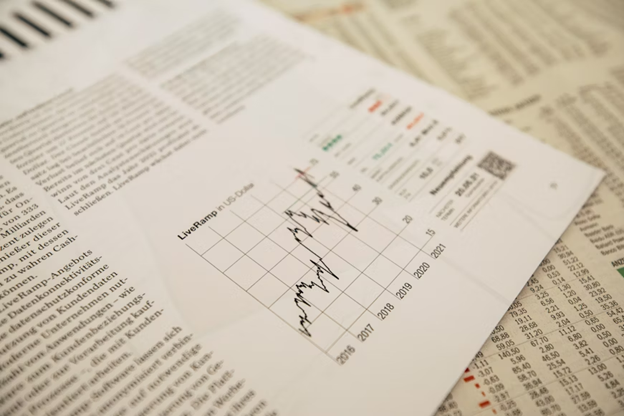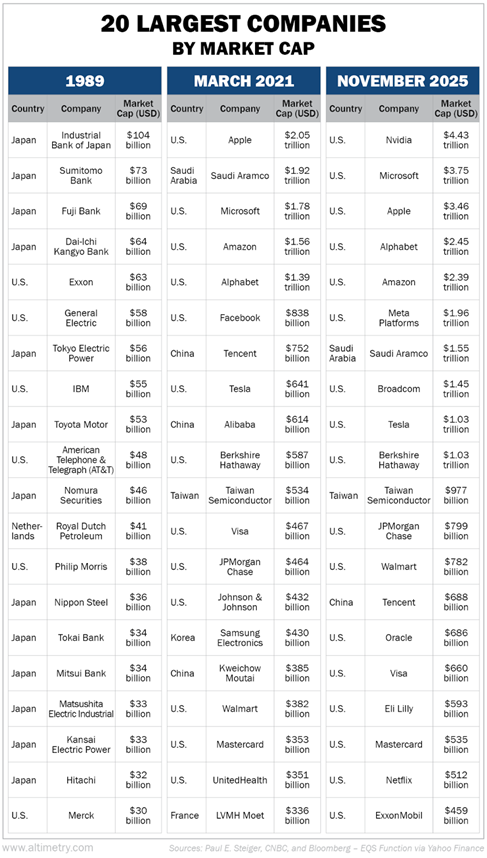Today’s market is best explained by this award-winning concept. Learn more about it here!
| From the desk of Miles Everson: Hi! I’m thrilled to talk about another interesting insight in the world of business in today’s “Return Driven Strategy (RDS).” For those of you who are not yet familiar with it, RDS is a pyramid-shaped framework with 11 tenets and 3 foundations. When applied properly, these principles help businesses attain high levels of performance. For those of you who are not yet familiar with it, RDS is a pyramid-shaped framework with 11 tenets and 3 foundations. When applied properly, these principles help businesses attain high levels of performance. Curious? Continue reading below! |
Today’s market is best explained by this award-winning concept. Learn more about it here! The 2025 Nobel Prize in Economics wasn’t simply a nod to academia like many others before—it was a mirror to the market. Joel Mokyr, Philippe Aghion, and Peter Howitt were recognized for their work on “creative destruction,” a concept that explains how growth depends on dismantling the old to make room for the new.
The concept is a reminder that innovation is rarely ever incremental. Instead, it’s a cycle of disruption and rebirth. Now, we have artificial intelligence (“AI”) to thank for accelerating this cycle further… and it’s influencing corporate America heavily. Creative Destruction is Reshaping Corporate America Big firms are gutting their legacy operations to fund the future, even when those old cash cows are still generating money. They know the payoff will come from the next big innovation. Right now, it’s playing out in the ranks of the world’s most valuable firms. That’s why OpenAI , Nvidia , Microsoft , and Meta are pouring billions of dollars in AI-related ventures because thus far, AI-focused giants like them are pulling ahead fast, and they want to keep it that way. Aghion and Mokyr helped formalize a powerful concept. It’s simply that economic growth stems from innovation cycles, each one wiping out the last. In their model, new technologies don’t add to existing systems—they replace them. To sum up, their theory, once academic, is now crucial. Firms that want to survive and thrive in the future need to adopt creative destruction as a survival instinct. Nowadays, AI is speeding up that replacement cycle dramatically. Large language models and machine learning tools are collapsing timelines, removing bottlenecks, and rendering entire categories of human labor obsolete. Companies that recognize this and act on it are being rewarded. Professor Joel Litman , Chairman and CEO of Valens Research and Chief Investment Officer of Altimetry Financial Research , and his team have observed this in their research of the top 20 companies by market capitalization from 1989 to today. Take a look:
Nvidia has jumped several spots, fueled by its leadership in graphics processing units (GPUs) that power AI infrastructure. Microsoft is embedding AI into everything, from Office to Azure. Alphabet has ramped up AI integration across its search, cloud, and ad products. Even Amazon , long seen as an e-commerce play, is now positioning itself as a backbone for AI development through AWS. Tech was already dominant back in 2021. Now, AI-forward tech is beating out everything else. What we’re witnessing in the stock market today is creative destruction. The companies that we’ve seen rise to the top are the ones making all the big moves. … but beyond all of this, what else does this concept tell you about high-performing businesses? Well, that answer is best understood through RDS’ second foundation: Vigilance to forces of change . Professor Litman and Dr. Mark L. Frigo in the book, “Driven,” emphasized the importance of being vigilant to forces of change such as technological innovations. According to them, forces of change such as that can “rock the business from all directions,” driving risks and opportunities. Whether a business fails or succeeds will depend on how well management understands and prepares for these factors. This is why today’s tech giants that are going all in on AI and shedding parts of their businesses are still raking in money. They’re embracing the future and avoiding complacency entirely. Simply said, the businesses of today are destroying what worked yesterday to build what will enable them to win tomorrow. — If you’re looking to gain a better understanding of Return Driven Strategy and Career Driven Strategy, we highly recommend checking out “Driven” by Professor Litman and Dr. Frigo. Click here to get your copy and learn how this framework can help you in your business strategies and ultimately, in ethically maximizing wealth for your firm. Hope you found this week’s insights interesting and helpful. Stay tuned for next Tuesday’s Return Driven Strategy! Let’s be real: At some point, most of us have stared blankly at a blank PowerPoint slide or tried to wrestle with overly complex design software, only to end up with something that looks… just okay. Learn more about how this digital platform is shaping the future of visual content creation through the lens of RDS’ tenets 2 and 3 in next week’s article! |

Miles Everson
CEO of MBO Partners and former Global Advisory and Consulting CEO at PwC, Everson has worked with many of the world's largest and most prominent organizations, specializing in executive management. He helps companies balance growth, reduce risk, maximize return, and excel in strategic business priorities.
He is a sought-after public speaker and contributor and has been a case study for success from Harvard Business School.
Everson is a Certified Public Accountant, a member of the American Institute of Certified Public Accountants and Minnesota Society of Certified Public Accountants. He graduated from St. Cloud State University with a B.S. in Accounting.





